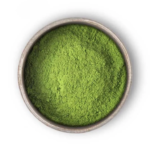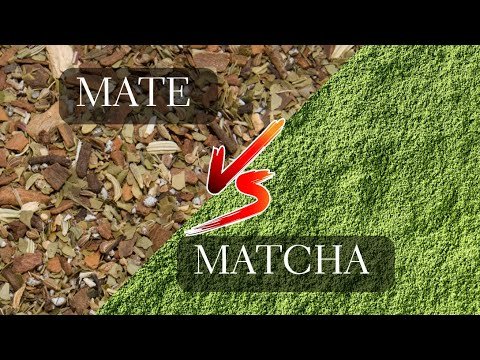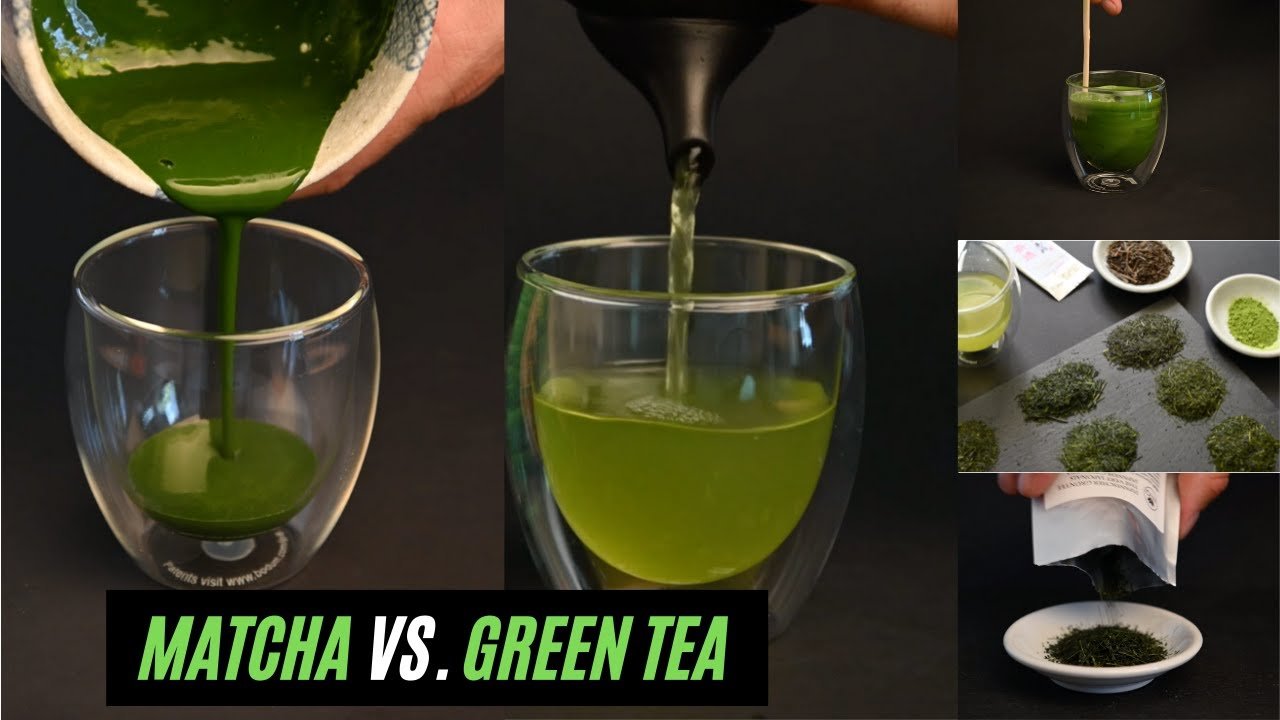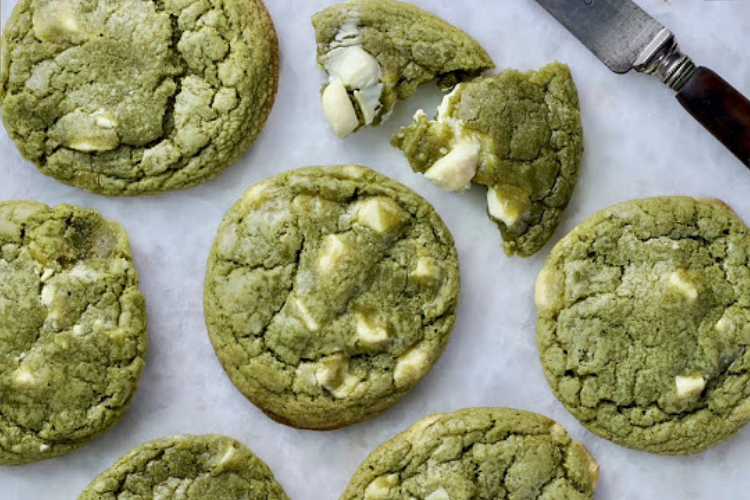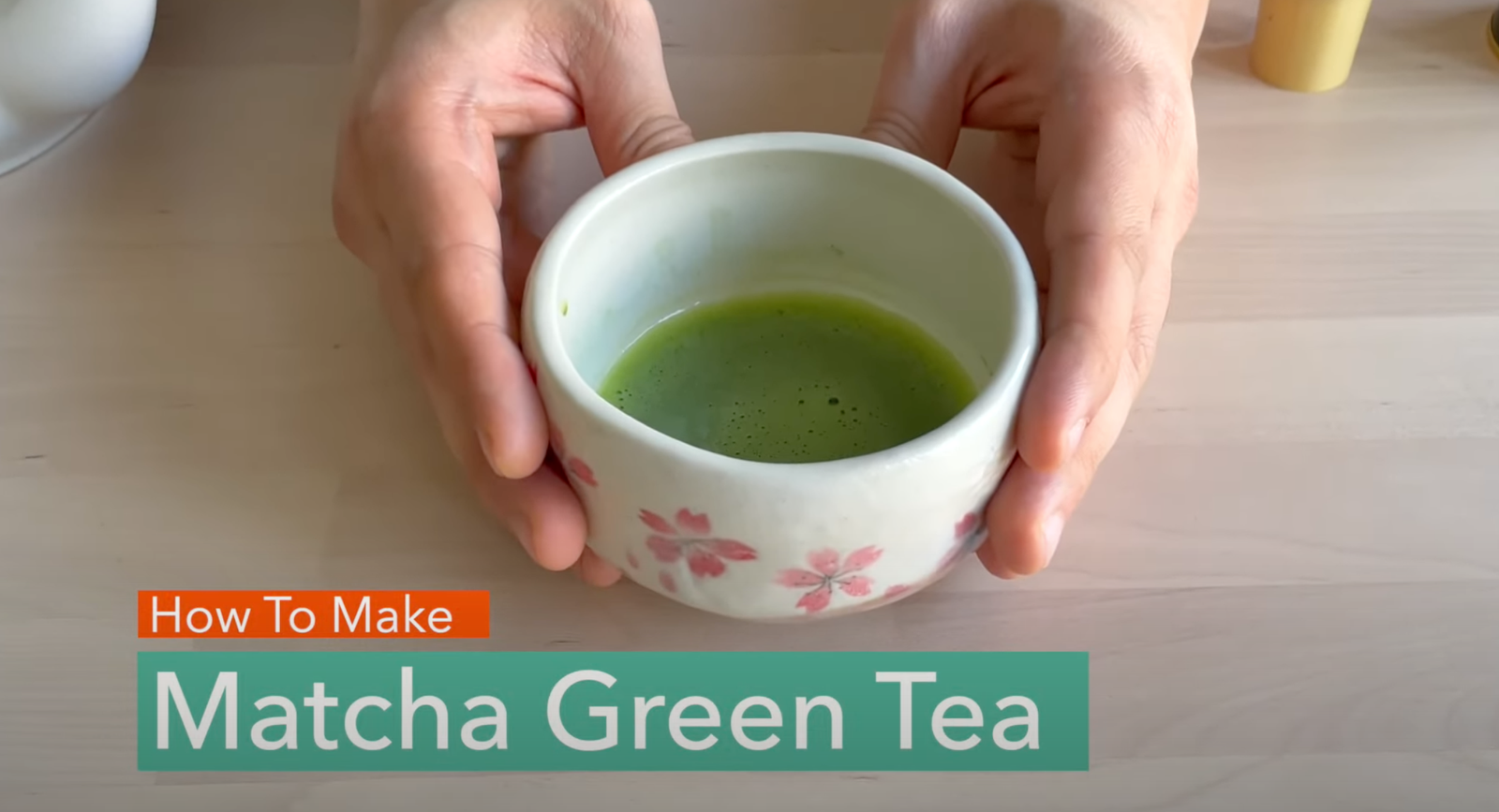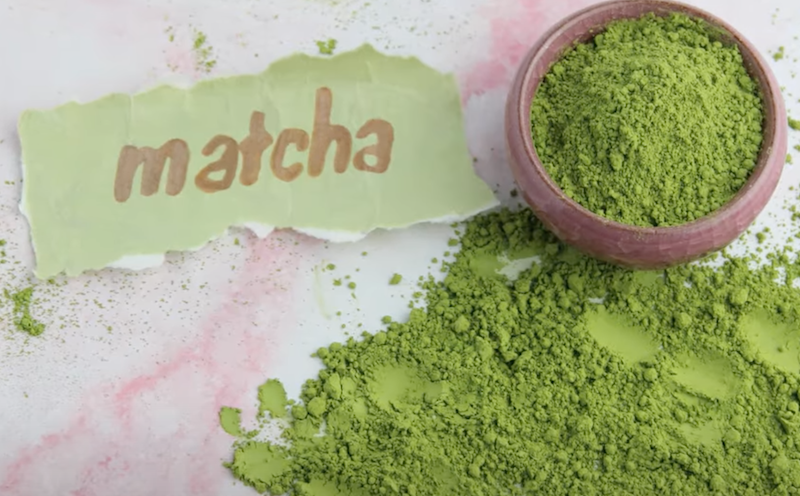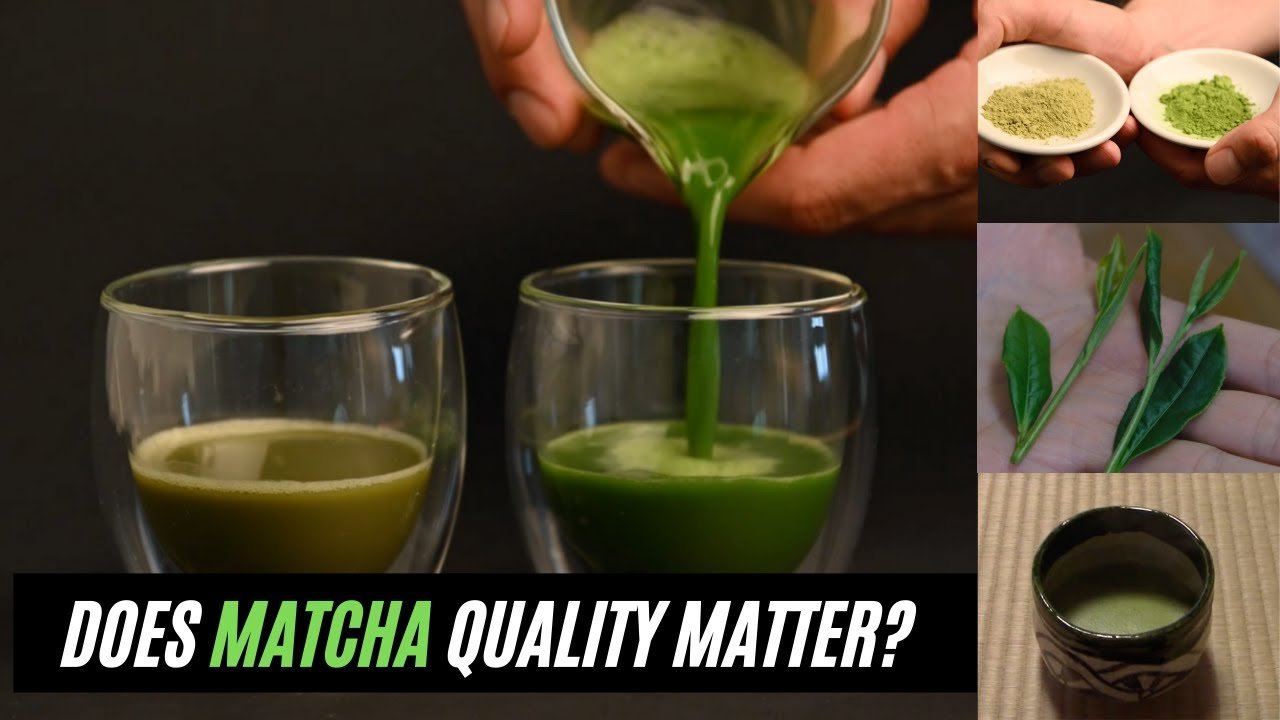Exploring the unique qualities and benefits of yerba mate and matcha, two popular beverages often compared for their distinctive flavors, preparation methods, and health benefits. This article delves into what sets these two apart and highlights the reasons why they are cherished globally and compare Mate vs Matcha.
Introduction to Yerba Mate and Matcha
Before we delve into the differences between yerba mate and matcha, let’s briefly summarize each beverage. Matcha is a finely powdered green tea renowned for its use in the Japanese tea ceremony, where it is whisked into warm water with a bamboo tool known as a chasen. It is highly concentrated in caffeine, amino acids, and antioxidants.
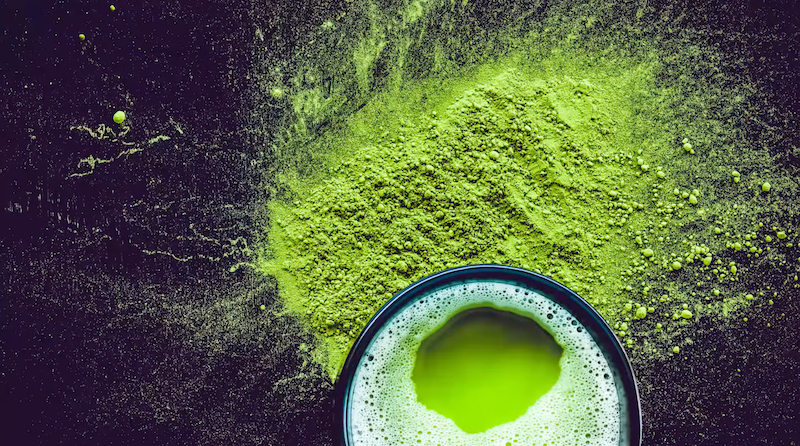
On the other hand, yerba mate is an herbal infusion predominantly consumed in South America, made from the leaves of the Ilex paraguariensis plant. It is rich in caffeine and minerals and traditionally sipped from a gourd using a metal straw, known as a bombilla.

Production Processes
The production processes of matcha and yerba mate provide insight into their unique characteristics. Matcha production begins with shading the tea plants to preserve sweetness by preventing the conversion of theanine into bitter flavors. The top three to five sprouts of the plant are used, which are richest in nutrients and flavor.
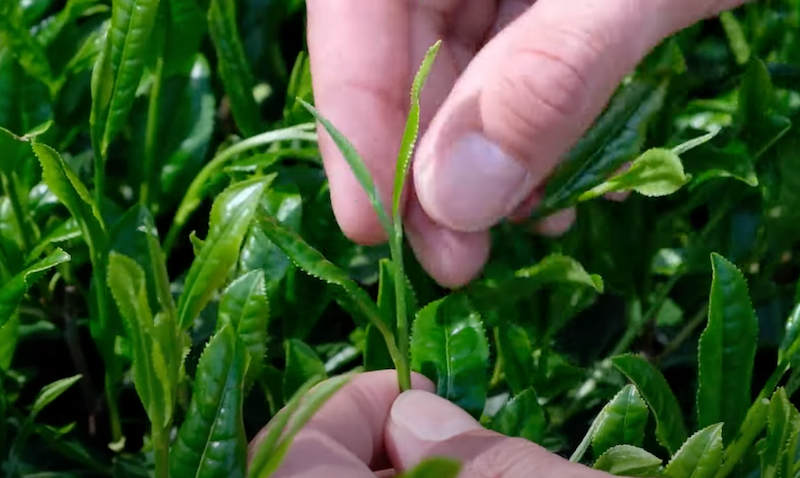
These leaves are steamed to retain their vegetal taste, then dried, and ground into a fine powder using a granite mill, a meticulous process that underscores matcha’s artisanal quality.
Yerba mate, primarily grown in Argentina, Brazil, Paraguay, and Uruguay, involves hand-harvesting the leaves of the yerba mate shrub during the ideal months of March to September.

The leaves undergo a unique flash-heating process called “sapecado” to halt oxidation and preserve their flavor, followed by a drying and aging process to enhance the maturity of the taste.
Flavor Profiles and Preparation Methods
The flavor of matcha is typically smooth and vegetal, often with notes of steamed vegetables and subtle floral or chocolate hints, depending on the quality.
In contrast, yerba mate can range from robust and earthy in its green form to smoky if roasted. The preparation of matcha involves mixing the powdered tea directly into water, creating a suspension that includes consuming the whole leaf.
Yerba mate is prepared more like traditional tea, where the leaves are steeped in hot water and consumed through a bombilla, which acts as both a straw and a filter.
Caffeine Content Comparison
Discussing caffeine, matcha is perceived to have less caffeine than yerba mate, though this varies based on preparation. A single teaspoon of ceremonial-grade matcha contains about 68 mg of caffeine, comparable to a double dose in coffee terms.
Yerba mate, however, generally contains around 70 mg per 8 oz cup, aligning it more closely with coffee in terms of caffeine strength.
You may be also interested in comparison Matcha vs Coffee: Understanding the Caffeine.
Health Benefits
Both yerba mate and matcha are considered nutritional powerhouses. Yerba mate is praised for its antioxidants, vitamins, and minerals that support immune health, enhance alertness, and promote cardiovascular health.
Matcha, containing the entire tea leaf, provides a rich source of antioxidants, vitamins, and minerals, including chlorophyll. It is known for supporting immune function and enhancing cognitive performance through sustained calm alertness, thanks to the amino acid L-theanine.
You may be also interested in 10 Health Benefits of Matcha Tea.
Conclusion: A Rich Heritage of Health and Flavor
In summary, both yerba mate and matcha offer distinctive flavors, production intricacies, and health benefits. They have been enjoyed for centuries and present a sophisticated alternative to coffee.
If you’re interested in trying high-quality matcha, explore our selection from various regions in Japan, renowned for their exceptional flavor profiles and health benefits. Enjoy these ancient beverages and discover their unique contributions to a balanced lifestyle.
